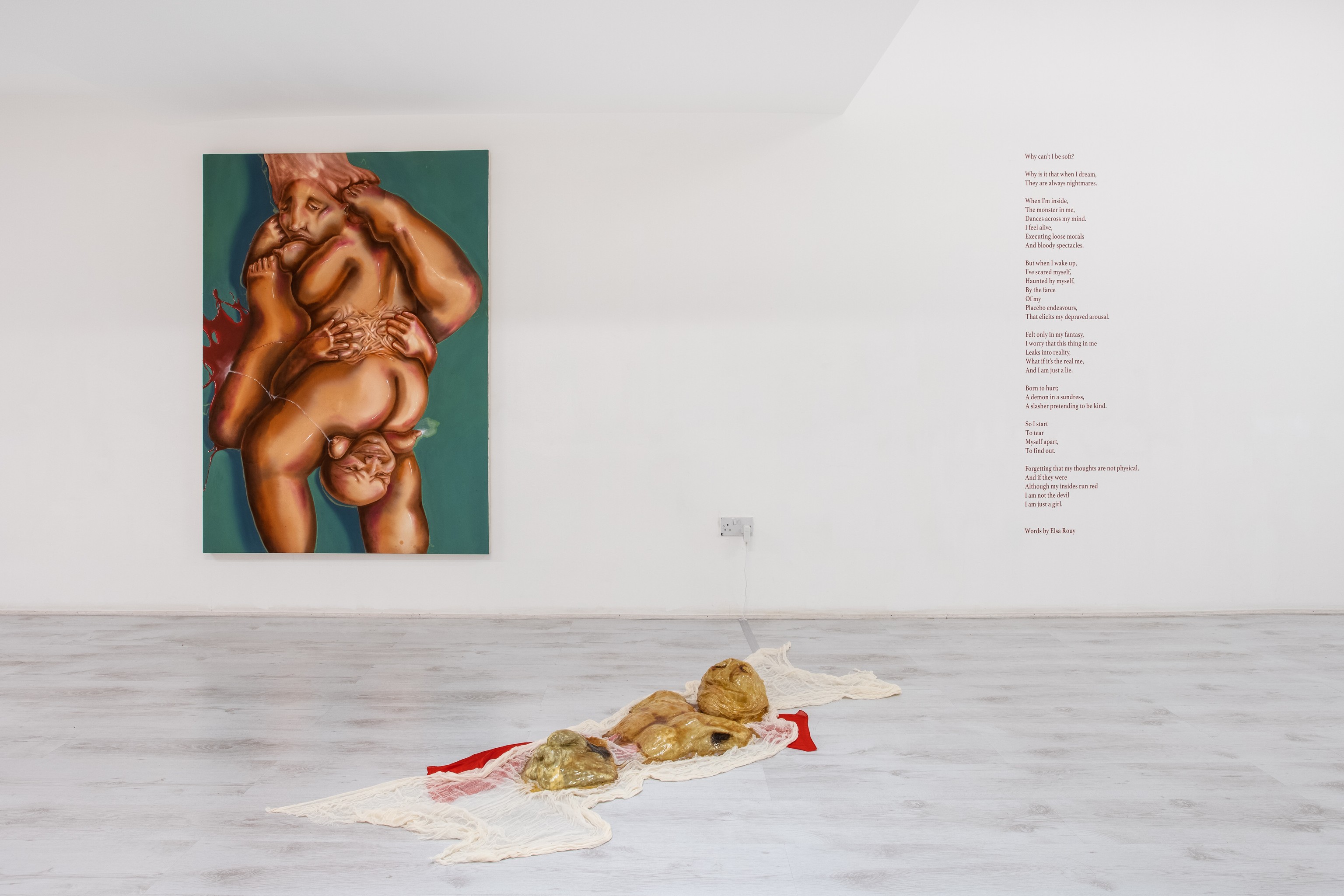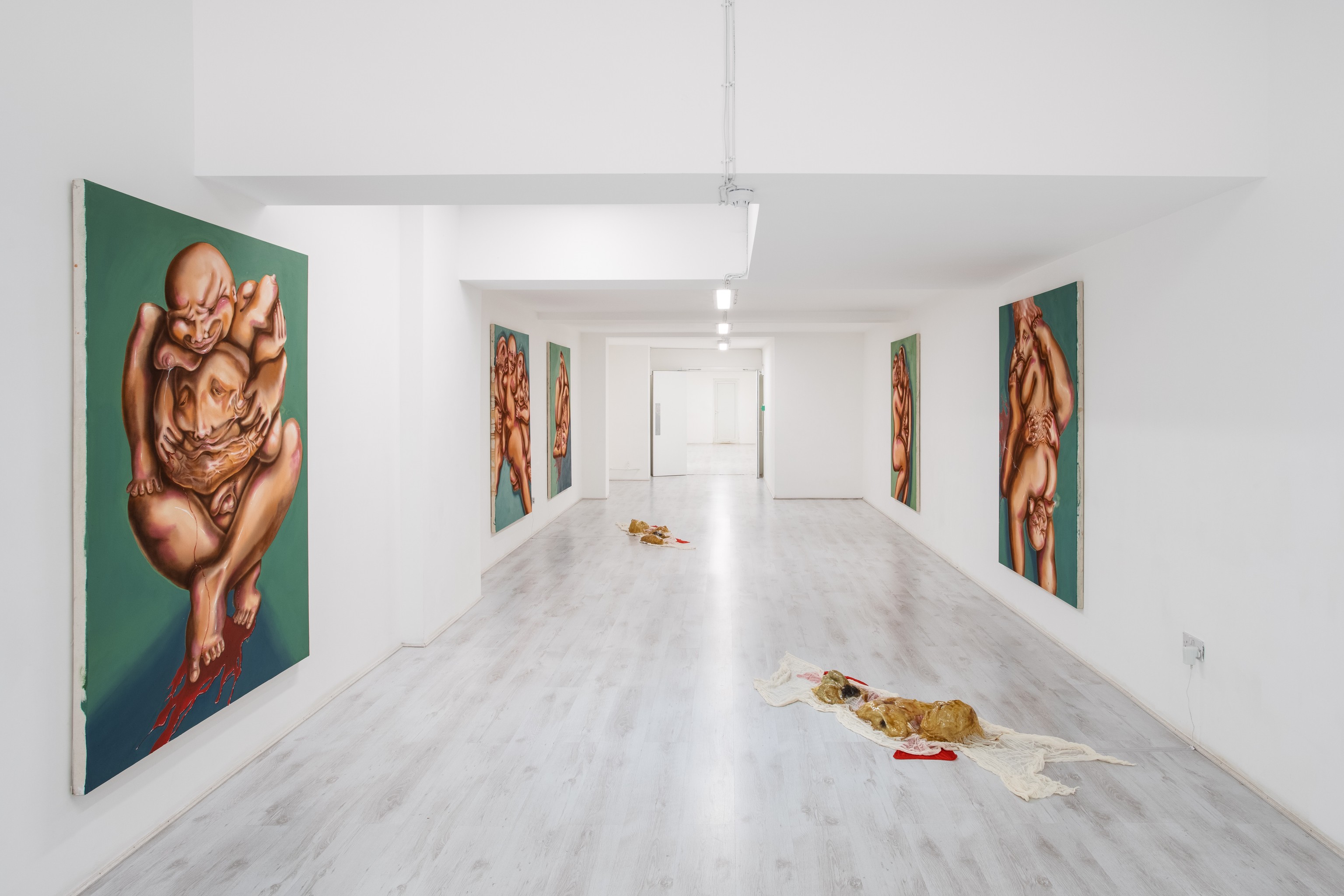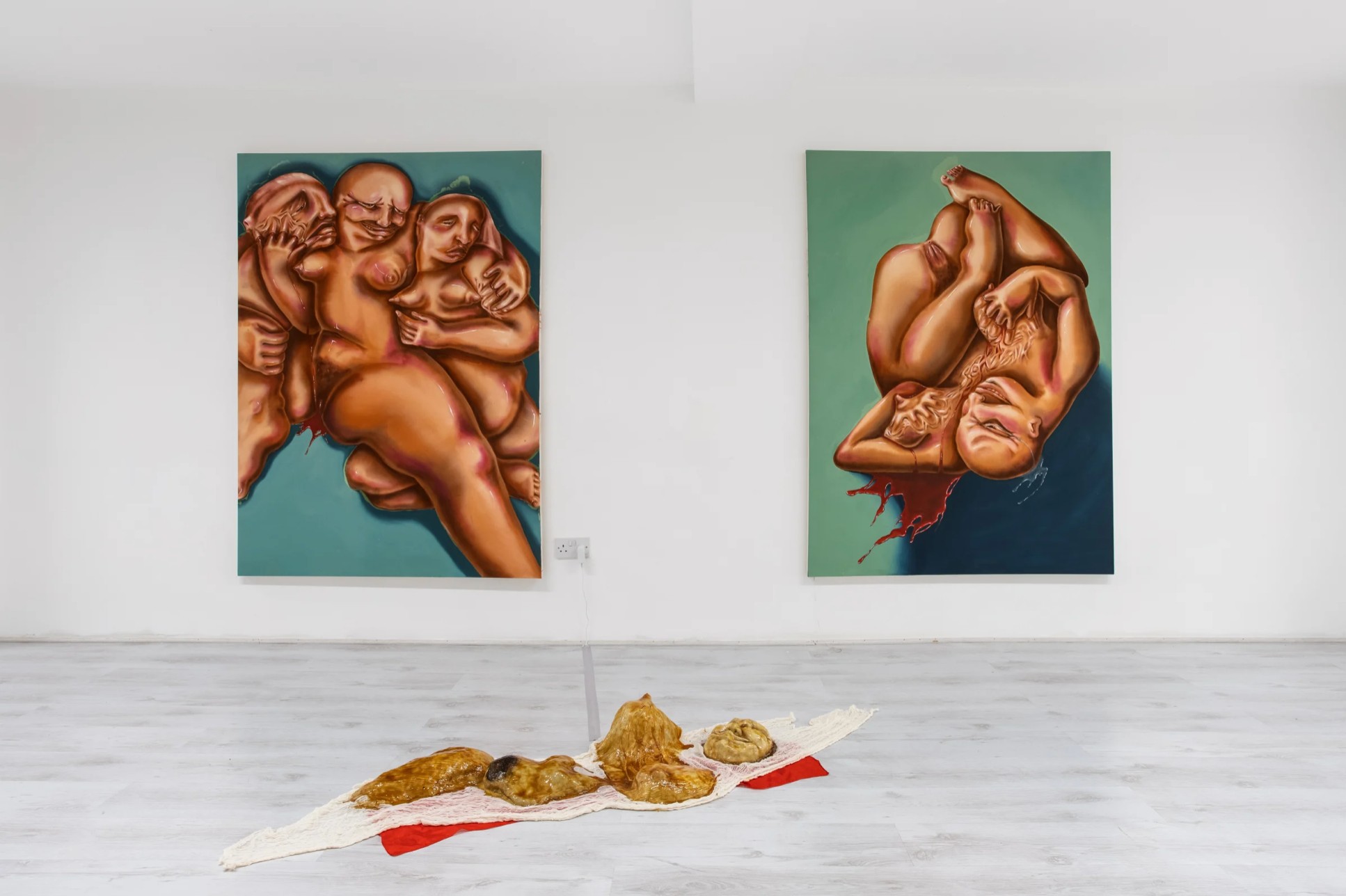Royal Academy of Arts Magazine, London
Article
2025
émergent, London
Interview
2025
C-Mine, Genk
Exhibition Text
2025
Hannah Barry Gallery x Foolscap Editions, London
Editor
2025
Lo Brutto Stahl, Paris & Basel
Exhibition Text
2024
Hannah Barry Gallery x Foolscap Editions, London
Editor
2024
émergent, London
Interview
2024
DUVE, Berlin
Exhibition Text
2024
émergent, London
Interview
2024
Incubator, London
Exhibition Text
2023
QUEERCIRCLE, London
Exhibition Text
2023
L.U.P.O., Milan
Catalogue Essay
2023
Tarmac Press, Herne Bay
Catalogue Essay
2023
Brooke Bennington, London
Exhibition Text
2023
Freelands Foundation, London
Catalogue Essay
2023
superzoom, Paris
Exhibition Text
2023
Lichen Books, London
Catalogue Essay
2022
Tennis Elbow, New York
Exhibition Text
2022
émergent, London
Interview
2022
Guts Gallery, London
Exhibition Text
2021
'On the edge of non-existence and hallucination; of a reality that – if I acknowledge it – annihilates me.'
– Julia Kristeva, 1980
We live for most of our lives between the extremities of infancy and death. Exposure to either of these states is often felt with apprehension, anxiety or terror – whether the warm and pulsatile womb or the cold recalcitrant corpse, in their company we are made profoundly aware that the borderlines which covet subject-hood are provisional and easily punctured. Rules, and therefore taboos, about what constitute the human body have long been established to obviate the wretchedness of our inevitable death, or the psychological estrangement one may continue to feel toward their childhood. Illness, trauma and disassociation are but some of the proximate conditions that destabilise our rational sense of self – erupting through the liminal space between life and death. Through desublimation and transgression, one may surrender to these horrors of indeterminacy at the exact moment of embracing their visceral power.
Standing in front of the amorphous and devouring bodies that populate the work of Elsa Rouy, without question we are brought closer to this contradictory impulse. Writing in her seminal work of feminist psychoanalysis, The Powers of Horror, Julia Kristeva gave name to this formative and ambiguous tormentor: 'The abject. It is something rejected from which one does not part, from which one does not protect oneself as from an object. Imaginary uncanniness and real threat, it beckons to us and ends up engulfing us.' Exemplified in the undulating currents of spittle, menstrual blood and sexual discharge that flow between Rouy’s weightless figures, the abject is that which troubles subject-hood, disrupting categories of self and other – it is a phantasmic substance not only alien to the subject but intimate with it.
These bodily fluids, not only are they horrific through their association with the maternal body made strange, even repulsive, through repression, but 'this defilement, this shit is what life withstands, hardly and with difficulty, on the part of death.' The climax of abjection, for Kristeva, is moreover when the prospect of death intersects directly with its antithesis: the innocence and vitality of childhood. Displayed in a deliberate and rhythmic sequence, Rouy’s androgynous and infantile protagonist writhes between these two transformative states. They are at once the suckling newborn – bound to its surroundings by an inverted umbilical cord of physical penetration and gushing amniotic fluids – as they are the threatening presence of contagion, disease and addiction. The room itself is suffuse with scents of Geranium, Ylang Ylang, Jasmine and Neroli, at once subtle and beautiful as they are a visceral metaphor for viral transmission and mortality.
The image of arrested childhood is repeated throughout A Demon in a Sundress, first as bald and glossy textures of skin that stretch and contort across canvas, and second as a series of latex sculptures collapsed lifelessly on the ground – an image of the body turned inside out, of the subject literally abjected, thrown out. Rouy’s figures point to the gap that exists between our imagined and actual body-images, against fascist regimes of the perfect body and the reality of misrecognition that we attempt to fill with entertainment images and fashion models every day and every night of our lives. In either case, it is certainly true that Rouy’s work engages with and excites the politics of the gaze. To be sure, the masculine perspective is subverted. However, it is the feeling that the gaze itself has been problematised, made obscene or obliterated, that is paramount; as if the abject were weaponised or given agency over us, looking back at us through the work. In the words of Hal Foster, the abject reveals itself here 'as if there were no scene to stage it, no frame of representation to contain it, no screen.'
What I find most enrapturing about Rouy’s work is not only this impulse to erode the subject in service of the real, but the simultaneity in which this symbolic rupture is coupled with a desire for love, catharsis and co-dependency. Despite a tacit voyeurism that remains in our fascination with monstrosity and deviance, it is the complexity and intensity of our own everyday relationships that come to define A Demon in a Sundress. We see how love can twist into jealously, desire sharpen into lust, and dependency slide into addiction. This redemption of affect produces a nuanced and vulnerable subject, exposed to the traumatic dimension of the abject whilst striving for a language that can nevertheless act as a testimonial against this oppression. A Demon in a Sundress is one such testimonial. It is a softly malevolent reminder that the human is not quite the transcendent position we often believe it to be. 'On the edge of non-existence and hallucination; of a reality that – if I acknowledge it – annihilates me', Kristeva writes, 'There, abject and abjection are my safeguards.'



Kupfer Projects, London
Exhibition Text
2021
Collective Ending, London
Catalogue Essay
2021
L21 Gallery S’Escorxador, Palma De Mallorca
Exhibition Text
2021
TJ Boulting, London
Exhibition Text
2021
COEVAL, Berlin
Interview
2021
Quench Gallery, Margate
Exhibition Text
2021
COEVAL, Berlin
Interview
2021
COEVAL, Berlin
Interview
2021
Foolscap Editions, London
Catalogue Essay
2020
Gentrified Underground, Zurich
Catalogue Essay
2020
Camberwell College of Arts, London
Exhibition Text
2019
Kronos Publishing, London
Editor
2019
Elam Publishing, London
Editor
2019
William Bennington Gallery, London
Catalogue Essay
2019
Elam Publishing, London
Catalogue Essay
2018
Camberwell College of Arts, London
Exhibition Text
2018
Limbo Limbo, London
Exhibition Text
2017
Saatchi Art & Music Magazine, London
Review
2017
B.A.E.S., London
Exhibition Text
2016